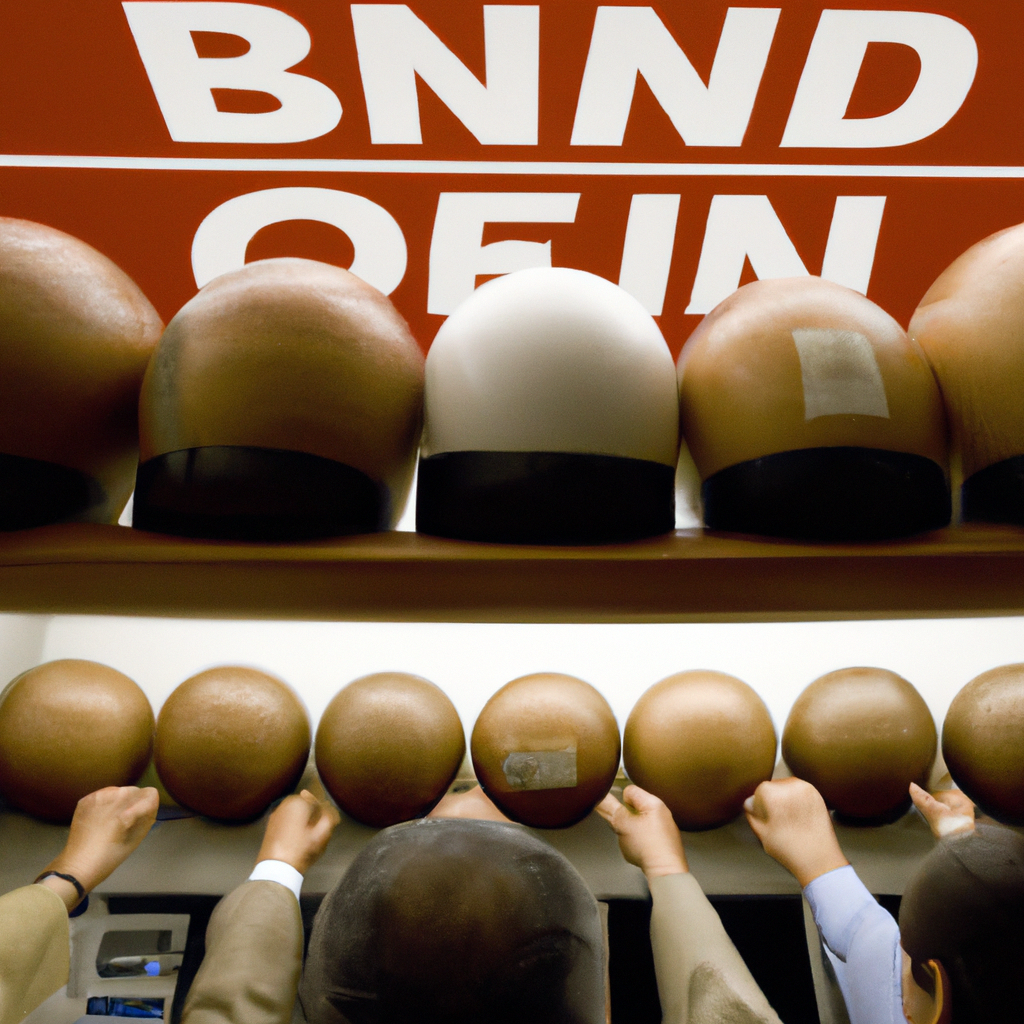Imagine you’ve just stepped foot in Canada, ready to start a new chapter of your life as an immigrant. One of the first things you’ll want to do is open a bank account, but where do you even begin? In this article, we’ll guide you through the step-by-step process of opening a bank account as an immigrant in Canada, making sure you feel informed and confident every step of the way. So let’s dive in and navigate the world of Canadian banking together!
Steps to Open a Bank Account in Canada as an Immigrant
If you’re an immigrant in Canada and looking to open a bank account, you’re taking a crucial step towards establishing your new life in the country. A bank account provides a secure place to manage your finances, receive payments, and build credit history. Fortunately, the process of opening a bank account in Canada as an immigrant is straightforward and easily achievable. Here are the step-by-step guidelines to help you navigate through the process smoothly.
Identify the Type of Account You Need
The first step in opening a bank account in Canada is to determine the type of account you need. Banks in Canada typically offer various types of accounts, such as personal chequing or savings accounts, student accounts, newcomer accounts specifically designed for immigrants, and business accounts. Each account type serves different purposes and has its own set of features and benefits. Consider your financial needs and goals to choose the account that suits you best.
Research Different Banks
Once you’ve identified the type of account you need, it’s time to research different banks to find the one that meets your requirements. Canada is home to many reputable financial institutions, including major banks, credit unions, and online-only banks. Take some time to browse the websites of different banks, compare their account offerings, fees, interest rates, and additional services. Reading reviews and asking fellow immigrants or friends for recommendations can also be helpful in making an informed decision.

Gather the Necessary Documents
Before visiting the bank to open an account, it’s important to gather all the necessary documents. As an immigrant, you’ll be required to provide specific identification and immigration documents to comply with the bank’s Know Your Customer (KYC) regulations. The exact documents required may vary slightly depending on the bank, but typically include your passport, proof of immigration status (such as a permanent resident card or work permit), and proof of address in Canada (such as a utility bill or rental agreement).
Ensure Your Eligibility
Once you have the required documents, it’s crucial to ensure that you meet the eligibility criteria set by the bank. In Canada, most immigrants are eligible to open a bank account regardless of their immigration status. However, some banks may have additional requirements, such as a minimum age or minimum balance. Review the bank’s eligibility criteria to ensure you qualify for opening an account with them.

Choose a Bank
With your eligibility confirmed, it’s time to choose the bank where you want to open your account. Consider factors such as the bank’s reputation, branch locations, accessibility of online banking services, customer service, and any specific benefits or offers for immigrants. Ultimately, the bank should provide you with a reliable and convenient banking experience that aligns with your financial goals.
Decide on the Type of Account
Having chosen a bank, the next step is to decide on the specific type of account you want to open. Based on your earlier research and assessment of your financial needs, select the account that best suits your requirements. Ensure that the account offers the features and benefits you’re seeking, such as low fees, no minimum balance requirements, online banking options, and competitive interest rates.

Visit the Nearest Bank Branch
Once you’ve decided on the bank and account type, visit the nearest branch of that bank. It’s advisable to visit the branch in person as it allows you to have a direct conversation with a bank representative who can guide you through the account opening process. Some banks also offer the option to open an account online, but visiting the branch ensures a more personalized experience, especially for immigrants who may have specific questions or concerns.
Prepare for the Appointment
To make the account opening appointment smoother, it’s helpful to be well-prepared. Bring along all the required documents, including additional identification documents that the bank may request. Make sure that you have the original copies of the documents, as photocopies may not be accepted. Additionally, have a list of any questions you may have so that you can address them during the appointment.

Complete the Application Form
During the appointment, the bank representative will provide you with an application form to complete. Fill out the form accurately and honestly, providing all the necessary information. The form typically includes your personal details, contact information, employment details, and any other specific information required by the bank. Take your time to ensure that all the information is correct and neatly written.
Submit the Required Documentation
Once you’ve completed the application form, submit it to the bank representative along with the required documentation. They will carefully review the information provided and verify the documents to ensure compliance with legal and regulatory requirements. It’s always a good idea to double-check that you have included all the necessary documents to avoid any delays or complications in the account opening process.

Provide Additional Information if Required
In some cases, the bank may request additional information or documentation to complete the account opening process. This may include proof of income, employment letter, or other supporting documents. Be prepared to provide any additional information requested promptly to avoid any delays in the account approval timeline. Clear communication with the bank representative will ensure a smooth process.
Wait for Account Approval
Once you have submitted all the required documentation and completed the application process, the bank will review your application and assess your eligibility. Typically, the approval process takes a few business days, but it may vary depending on the bank and your specific circumstances. During this waiting period, it’s important to exercise patience and refrain from contacting the bank repeatedly for updates. Rest assured that the bank is working diligently to process your application.
Make Initial Deposit
After your account has been approved, the bank will notify you of the approval and provide you with your account details. To activate your account, you’ll need to make an initial deposit. The amount of the initial deposit may vary depending on the bank and the type of account you have chosen. Ensure that you have the necessary funds available in your preferred form, such as cash, a certified cheque, or a money order.
Receive Your Bank Account Information
Once you’ve made the initial deposit, the bank will finalize the account opening process and provide you with your bank account information. This information typically includes your account number, branch transit number, and institution number. You will also be issued a bank card, such as a debit or ATM card, which allows you to access your funds and perform various banking transactions. Safeguard your account information and card carefully to ensure the security of your account.
Opening a bank account in Canada as an immigrant is an important step towards financial stability and integration into the Canadian system. By following these steps, you can navigate the account opening process smoothly and efficiently. Remember to choose a bank and account type that aligns with your needs and future goals, gather the necessary documents, and be prepared for the account opening appointment. With a little patience and preparation, you’ll soon have your new bank account up and running, providing you with the tools to manage your finances effectively in Canada.

